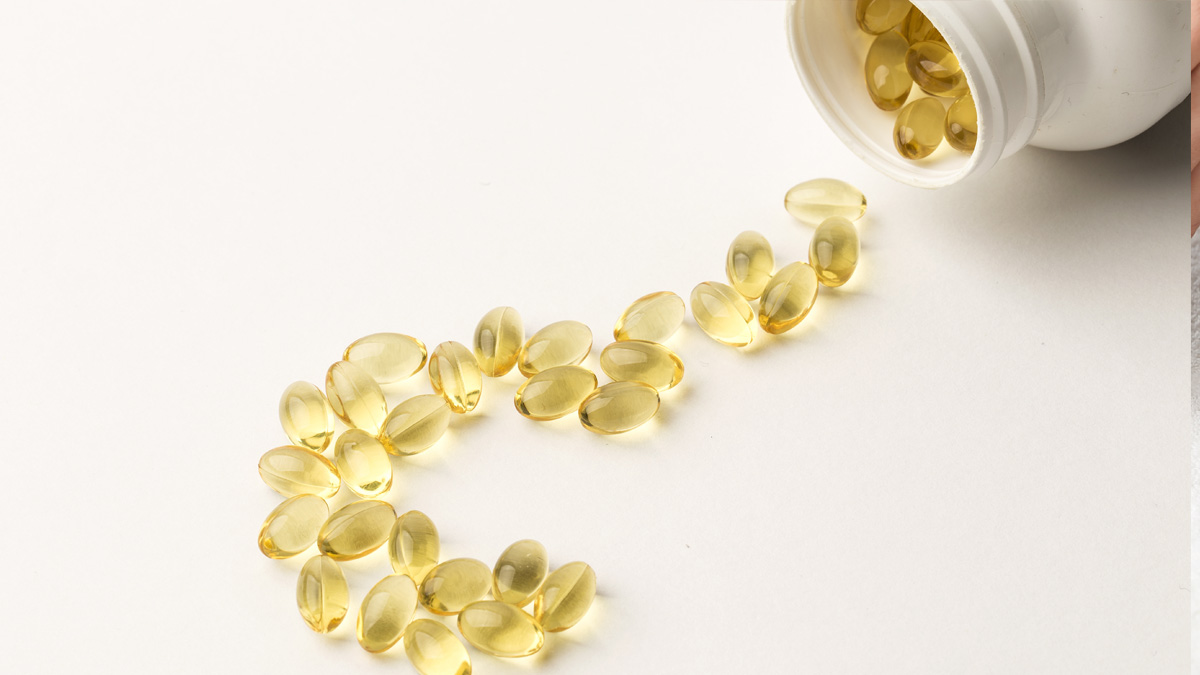
There are two forms of vitamin D in the body – D2 and D3: their empirical chemical formulae differ by a single carbon atom. We get them from different sources: D2 is found primarily in plant-based foods, while D3 is obtained from animal-origin foods, and is also produced when our skin is exposed to the sun’s rays.
Vitamin D3, or cholecalciferol, is synthesised from a sterol (complex lipid) called 7-dehydrocholesterol, naturally present in the body. When this sterol is exposed to the sun’s UVB rays, it is converted into vitamin D. Most of the vitamin D circulating in the body is produced in this way (1). That’s why we’re advised to expose our skin as much as possible to natural light. Vitamin D3 is also obtained from the diet, in particular from oily fish and egg yolk.
Vitamin D2, or ergocalciferol, is a derivative of ergosterol, a sterol naturally present in the cell membranes of certain plants and fungi. Vitamin D2 is obtained by exposing ergosterol to the sun’s UVB rays. It is found in mushrooms (especially those exposed to UVB rays) as well as in vitamin D-fortified foods like margarine.
Vitamins D2 and D3 are both metabolised in the liver into calcifediol and then converted in the kidneys into calcitriol, the active and usable form of vitamin D (2). However, research has shown that vitamin D3 increases the level of calcitriol in the body to a greater degree (3). It is also less sensitive to heat and humidity than D2 and thus more stable (4).
As a consequence, if you wish to take a vitamin D supplement, vitamin D3 is the better choice. You have three options to choose from:
A lack of magnesium can have serious consequences for health. Discover the symptoms that point to a potential deficiency in this mineral.
A recent study has challenged common perceptions of coffee’s effects, especially on blood pressure. What, ultimately, are the positive and negative effects of coffee on health?
Potassium is an essential mineral, involved in nervous system and muscle function ... Suffice to say that a lack of potassium can quickly become a real risk to health. Here’s how to identify and correct such deficiency.
Though somewhat overshadowed by Chinese medicine, traditional Japanese or Kampo medicine has much to teach us. Here we explore its key principles and the plants that make up its pharmacopoeia.
While they represent only a tiny part our nutritional needs, micronutrients are central to vital functions. What do they do and where are they found?
The Japanese art of shinrin-yoku – which translates as forest bathing or sylvotherapy – is becoming increasingly popular. In this article, we explore its benefits, exercises and potential risks.







